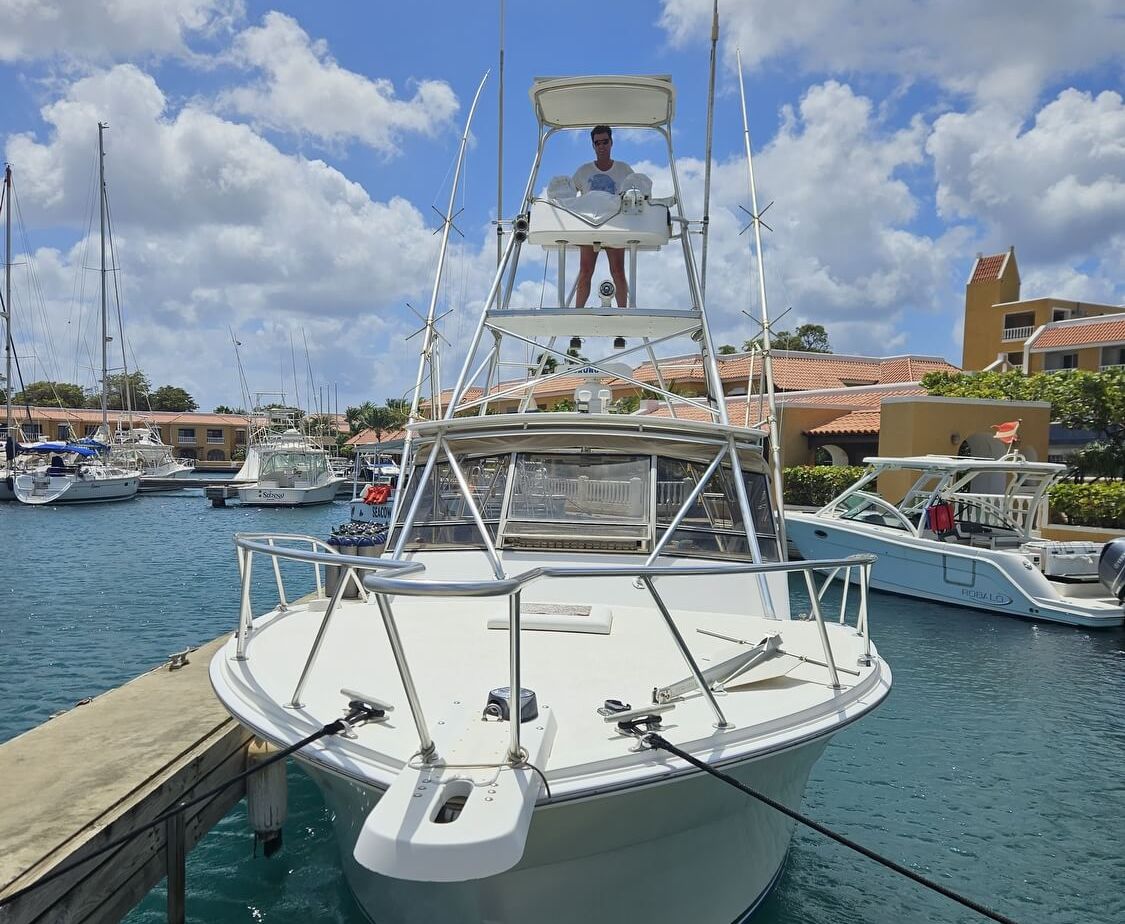
Trolling
Trolling is an ancient angling technique that has fascinated enthusiasts for generations. At its core, trolling involves the artful presentation of a lure or bait behind a moving vessel, enticing fish to strike as the mesmerizing action draws them in. As an angling technique, trolling differs from other fishing methods because of its unique approach.
Rather than casting and retrieving, trolling focuses on maintaining the steady, forward motion of the boat to create a lifelike and enticing movement of the lure or bait. This method requires the angler to strategically position his offering at different depths, distances and speeds to effectively target specific fish species.
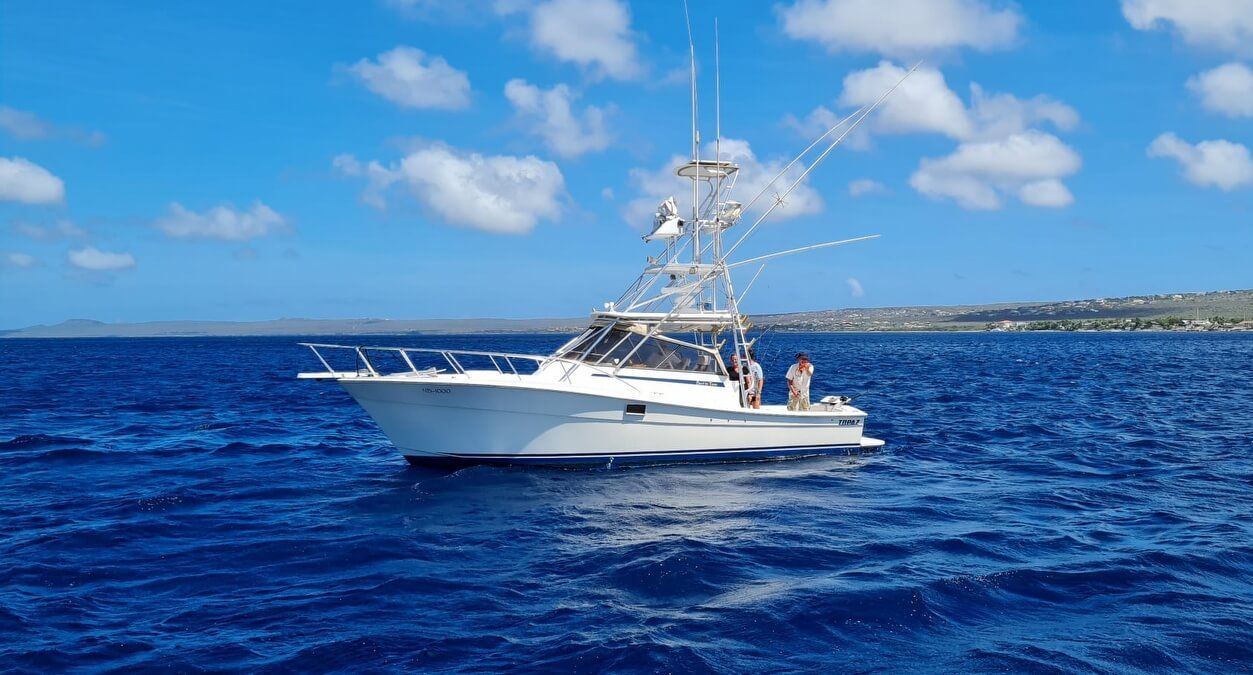
A specific technique is flatline trolling, where the fishing line is released directly from the rod without additional weight or planing equipment. This technique is especially effective when targeting fish that are on the surface or in shallow waters. To perform flatline trolling, leave sufficient length of line behind the boat, making sure to keep the bait or lure at the correct distance to avoid spooking the fish while still providing an enticing presentation.
Another popular trolling technique uses downriggers or planer boards to control the depth at which the lure or bait is presented. Downriggers consist of a weighted cable and a release clip, allowing the angler to accurately position their offering at the desired depth. To set up a downrigger, attach the line to the release clip and then lower the weight into the water until it reaches the desired depth. Planerboards, on the other hand, are designed to spread the lines horizontally, cover a larger area, and prevent tangles while trolling multiple lines. Simply attach the line to the planer board clip and run it to the side of the boat, adjusting the distance as necessary for optimal coverage.
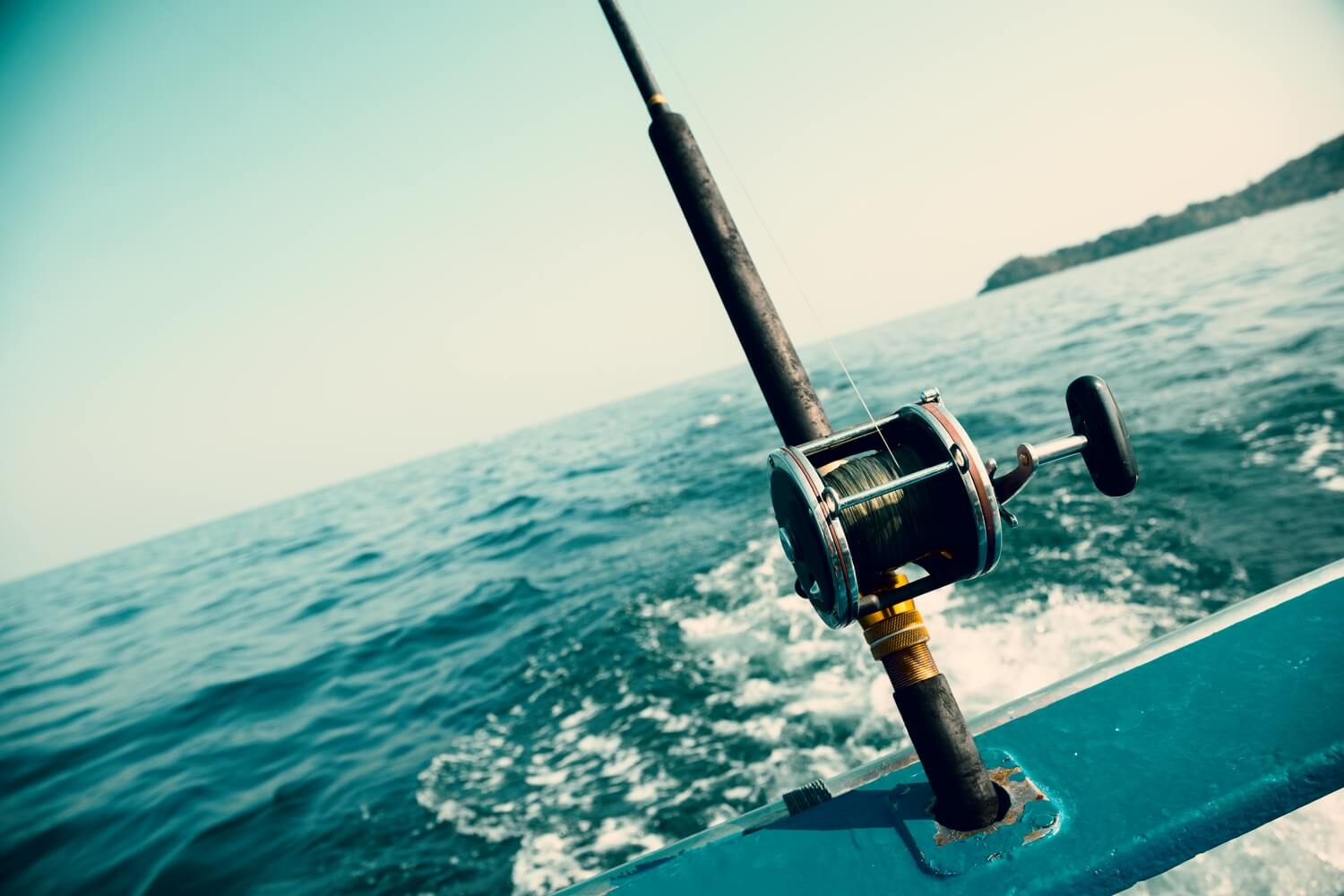
Speed is a crucial factor to consider when trolling as it directly affects the action and effectiveness of the lure or bait used. In general, trolling involves maintaining slower, consistent speeds to mimic the natural movement of prey and entice fish to strike. The optimal speed for trolling varies depending on the target species, water conditions and type of lure used. However, a general guideline is to maintain a speed between 2.5 and 7.5 miles per hour. By monitoring lure performance at different speeds and adjusting accordingly, anglers can determine the most productive pace for a successful day on the water
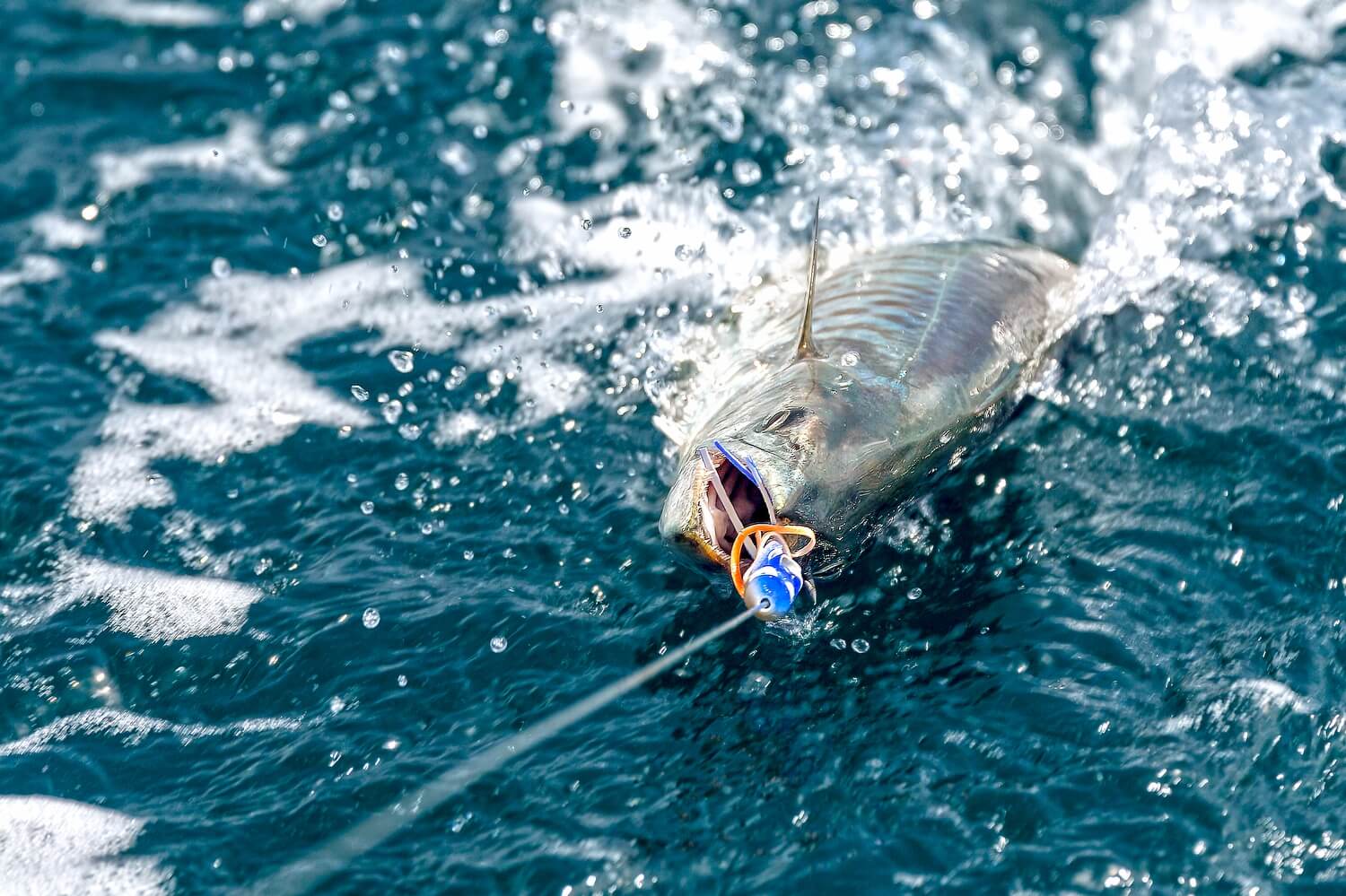
High speed trolling
Wahoo are among the fastest game fish in the seas. These torpedo-shaped fighters can chase the fastest baits and easily hit lures at speeds of 18 knots or more.
High speed trolling is ideal for targeted fishing for Wahoo. High speed trolling is done with heavier equipment: you need reels that can withstand the significant load of heavy lures and weights that move through the water at high speed.
Take a look
The ultimate fishing trip
From explosively fast Wahoo to powerful Blue Marlin
Safety before everything!
We are coast guard certified, we are fully insured and equipped with life jackets and all other safety attributes.
45 years of experience
Chris is the only local charter captain who has been fishing for over 45 years! He started the charter business on Bonaire.
A wide choice of fishing adventures and techniques
Piscatur specializes in live bait fishing, trolling, jigging and more.
Book your fishing adventure online now!
A tour with Captain Chris Morkos is an unforgettable experience.
Let him guide you to the best fishing Bonaire has to offer, from Bill- to Bonefish.

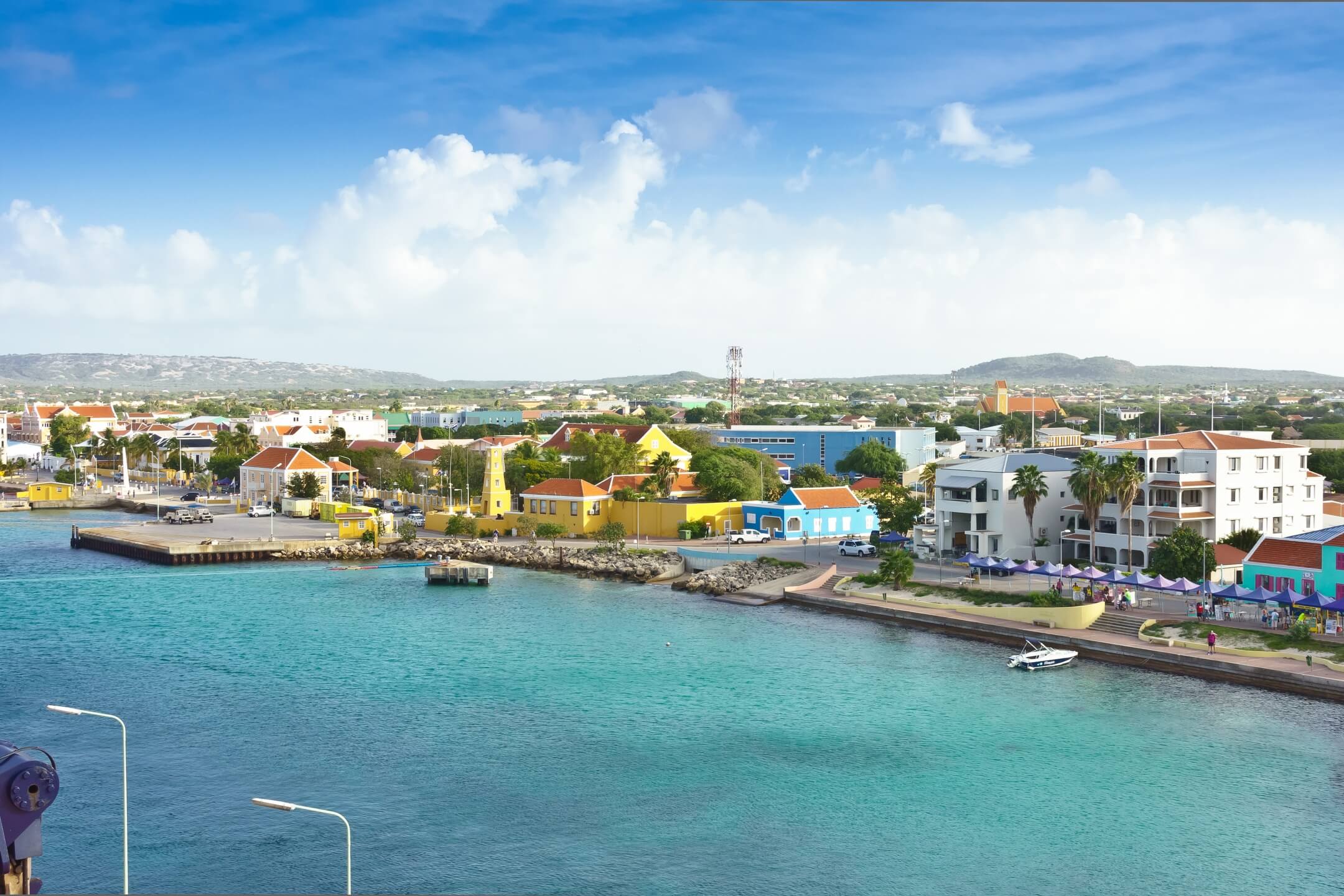
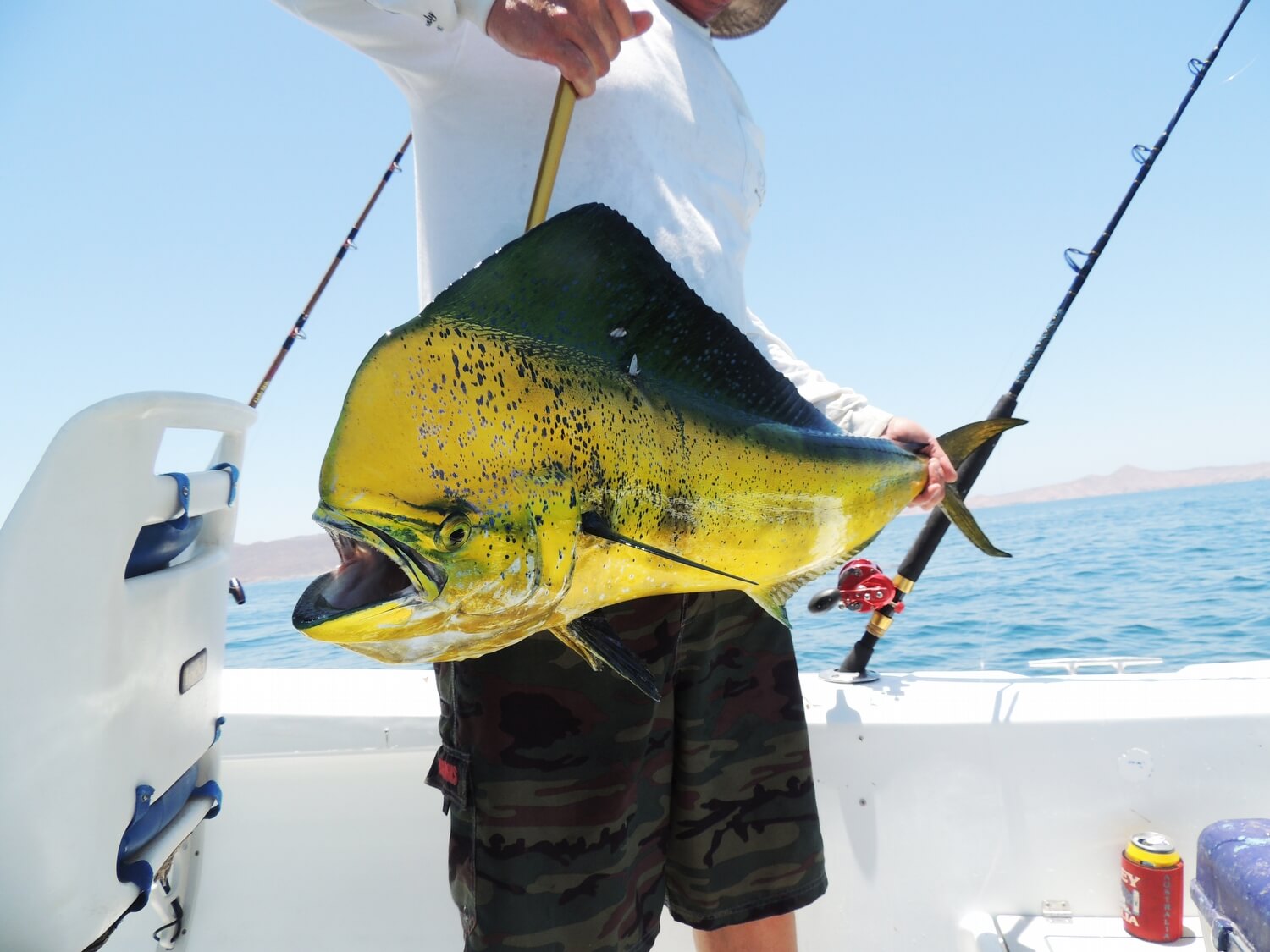
.jpg)
